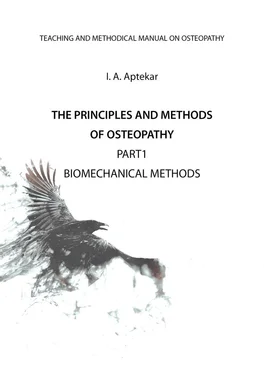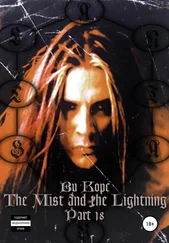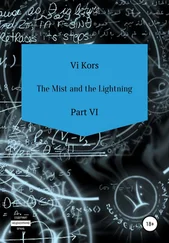Movement is one of the manifestations of the vital activity of the body. All physiological processes are accompanied by internal and external motor activity. This activity manifests itself in the form of rhythmic oscillations of a certain frequency, power, and amplitude. By changing these indicators we can evaluate the functional state of the organs and systems of the body. The motor activity and its characteristics are available for manual intervention and therapy and can be used by an osteopathic physician for diagnosis and therapy.
Primary (cellular) respiration is the basis of vital activity
Breath as a global function of the body is a sequential chain of physical, biochemical and physiological reactions, the purpose of which is the generation and accumulation of energy in the body.
On the one hand, for the formation of energy in the body nutrients are needed in the form of carbohydrates, fats and proteins. Their supply is provided by the digestive system. On the other hand, oxygen is needed for the processing of nutrients, and it enters the body due to the work of the respiratory system during chest (thoracic) breathing.
The very transformation of the energy of nutrients into the energy of macroergic bonds of adenosine triphosphate (ATP) occurs in the mitochondria of cells. Accumulated energy is necessary to ensure all processes occurring in the body.
The functions of our body are directly dependent on the intake and accumulation of energy. That’s why breathing is called cellular. Since the process of cellular respiration is basic and principal, it is called primary.
Thoracic (chest) respiration and circulation are functional elements of the global respiratory system of the human body. Their functioning has many manifestations including they are registered in the form of undulating rhythmic oscillations with certain qualitative and quantitative characteristics.
These fluctuations, in turn, are available for perceptive diagnosis in the process of osteopathic testing. By changing the chest breathing and cardiovascular rhythm we can judge the state of the primary cellular respiration.
Benevolent care of a person, focused on health, is the basis of effective therapy
Benevolent is a person wishing good to others. The care of a doctor – an osteopath about a patient is manifested by actions aimed at restoring his health and well-being.
We can appreciate the state of a person in its unity only in a neutral state of calm and goodwill, without distinction (independently) from what is happening inside and around. Otherwise, sympathetic noise will drown out perception, distorting it. And then we will only perceive individual elements. And the whole, in its direct connection with the surrounding world, will slip away from us.
Конец ознакомительного фрагмента.
Текст предоставлен ООО «ЛитРес».
Прочитайте эту книгу целиком, купив полную легальную версию на ЛитРес.
Безопасно оплатить книгу можно банковской картой Visa, MasterCard, Maestro, со счета мобильного телефона, с платежного терминала, в салоне МТС или Связной, через PayPal, WebMoney, Яндекс.Деньги, QIWI Кошелек, бонусными картами или другим удобным Вам способом.












